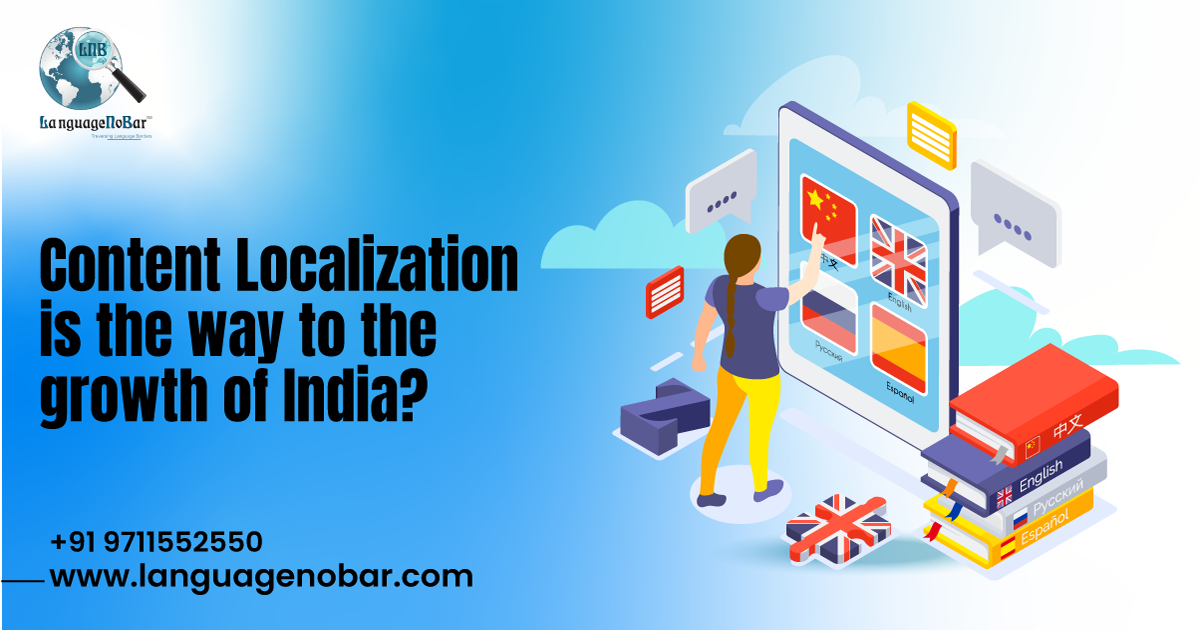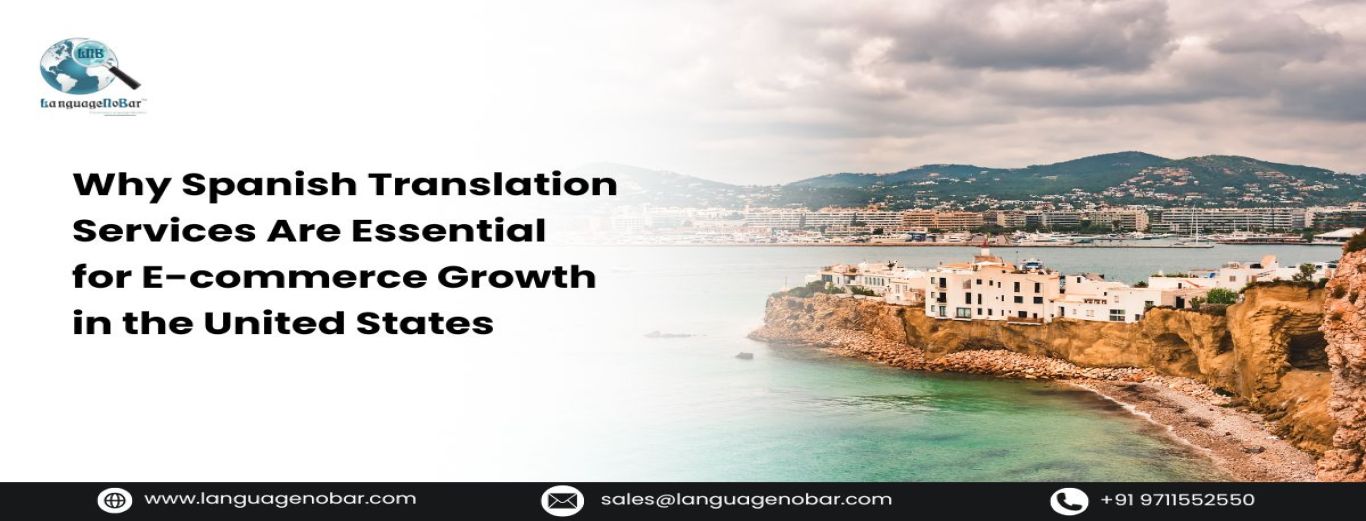Is Content Localization An Integral Part Of The
- App Localization Testing Services
- Comments (0)
Localization and translation are sometimes conflated, although they truly mean two separate things. According to the Globalization and Localization Association, localization is the process of entirely adapting a product or content to a certain place or market.
The “Bharat Growth Story” is known to he world and India is strongly emerging as one of the leading world economies.
India, a multicultural country with dozens of languages and dialects, and is quickly becoming the most important market for localization. Businesses have a significant gap in reaching out to clients because the majority of their products and services are marketed English. There are just about 100 million English speakers among India's 1.3 billion people. By 2021, there were around 201 million Hindi-speaking Internet users, significantly more than those who speak English fluently. Bengali, Marathi, Tamil, and Telugu speakers will also account for 30% of Indian language users.
As the number of Indian language users grows, more and more online businesses will need to communicate effectively with the correct message to the right user across all messaging channels in their preferred language.
Customers' primary interaction with your brand is through your website, which is one of your most powerful digital assets. This brought up the significance of website localization. With so many languages and shopping habits, providing a personalized, local experience to your clients can help you win their loyalty and enhance customer engagement that contributes to economic growth. As such, the demand for Certified Translation Company in India for translating in vernacular languages is growing day by day.
Localization of content has become critical for any company seeking to expand globally. It aids in the creation of customized experiences for audiences in various places. Various cultural nuances are considered during localization to make a product more familiar to individuals in other parts of the world.
Localization makes the material more enticing, which increases the likelihood of purchase. According to a 2014 Common Sense Advisory research, 75 percent of consumers stated they were more likely to acquire goods and services if the matching product information was in their native language. According to that logic, anyone attempting to reach a worldwide audience should consider both localization and translation.
Localization is the way of connecting with people with diverse backgrounds and it has an impact on the “Bharat” growth story as businesses are also adapting localization.
Is your company interested in doing business in India? Expansion into any geographical location necessitates a thorough market research and planning. A thorough grasp of the local client base, as well as the tailoring of products to their specific needs, might mean the difference between success and failure.
One reason why organizations wishing to do business in India need to collaborate with expert localization services is due to the significant linguistic diversity. However, there is much more to succeeding in India than simply knowing whether to choose English to Hindi translation services or English to Bengali translation services. This is where the concept of localization comes into play and becomes an integral part of the “Bharat” growth story.
The process of adapting content — texts and pictures — to diverse geographic target audiences begins with content localization. Because visiting a company website is the simplest method to learn about a brand or product, professional website localization in Indian languages is a popular technique to offer potential customers the information they require in their local language.
So, having a particular plan that specifies the procedures required to translate the information to make it intelligible and clear for the audience is what content localization strategy entails. Determining the markets you want to enter, the goals you want to achieve there, and the related techniques are all part of defining your content localization plan.
Unlike other economic leaders, India does not have a single language. Rather, it is one of the world's most culturally and linguistically varied places: There are 22 official languages, 122 major languages, 1,599 dialects, and 13 written scripts.
While English is still the unofficial "language of business" in India, only 10% of Indians speak English fluently. Most Indians prefer to learn about and purchase things in their language, whether that language is Hindi, Bengali, Punjabi, Tamil, or another. Effective marketers recognize the need of communicating with Indian customers in their native language.
Almost 70% believe that information in their native language is more trustworthy than information in English. Half of brick-and-mortar Indian consumers stated they would move to online channels if the websites were in their native language.
It is a comprehensive and effective localization technique that considers not just the translations but also the country's cultural, behavioral, and nutritional preferences.
Finally, a professionally executed content localization strategy enhances ROI and conversions, distinguishes a website or mobile app from the crowd of only-English apps/sites, and assists in the economic growth of India. Most popular e-commerce applications are resorting to multi lingual mobile app localization services to increase and retain their customer base.
LanguageNoBar is one of the leading localization services providers in the world. We have the knowledge and technology to handle any size or type of localization project, including websites, mobile app, software, technical documentation, multimedia, training, elearning, and marketing materials.
Related Blog:
WHY LOCALIZING YOUR MOBILE APP IS A MUST FOR COMMERCIAL SUCCES
THINGS TO BE CONSIDERED FOR A WELL-WRITTEN DOCUMENT TRANSLATION







